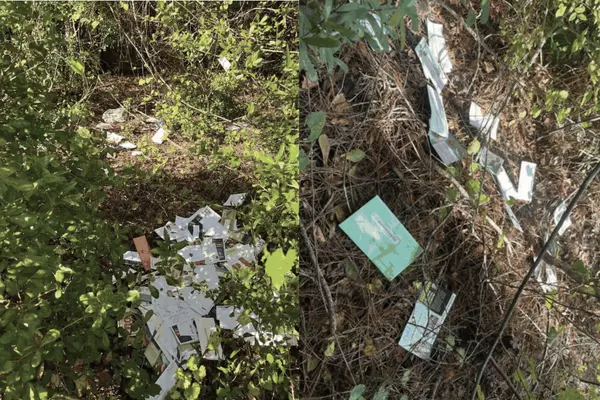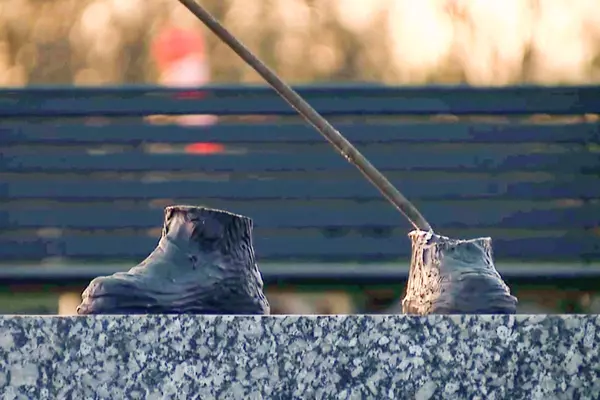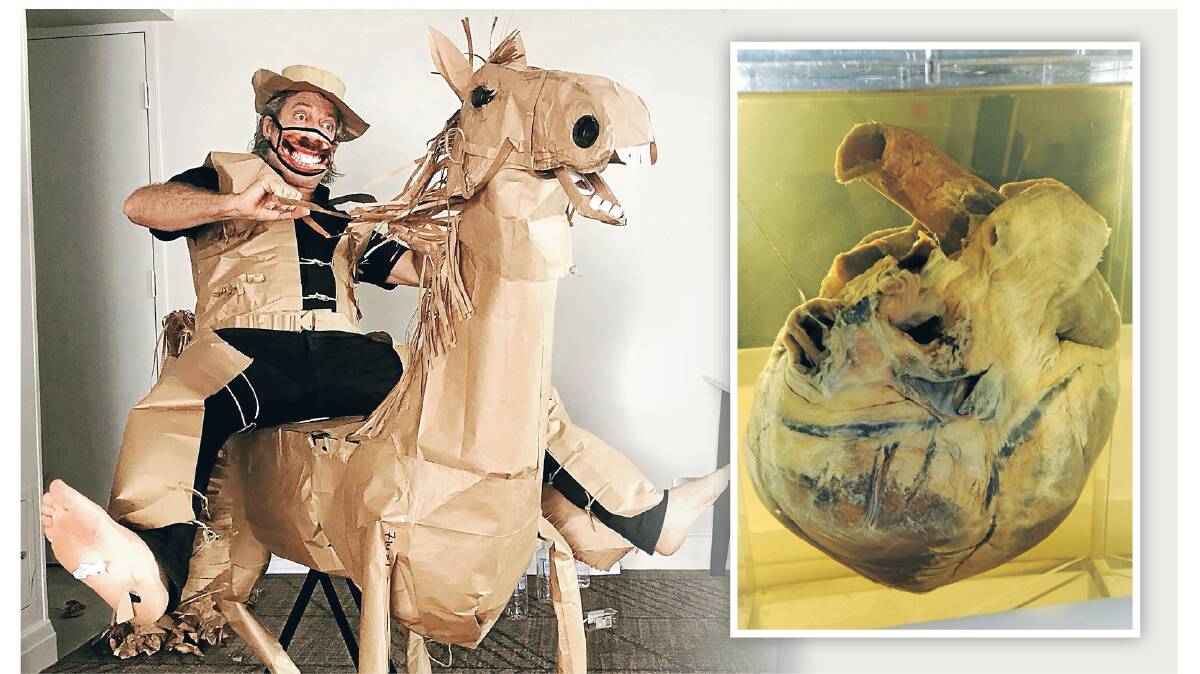
When it comes to collecting history, does anything truly last forever?
A horse made of paper bags is one thing.
The preserved, 90-year-old heart of an actual racehorse is another.
Both will fall apart one day; Phar Lap's heart, all 6.35 kilograms of it, is preserved in formalin, and so fragile it's in a specially designed shock-proof, light-sensitive case to keep it perfectly still.
It's one of the National Museum of Australia's most popular exhibits - consistently the one most visitors ask to see.
And long-term doubt around the legitimacy of the heart hasn't quelled people's fascination; there's something about seeing the mighty heart up close that seems to bring visitors closer to the romance of the racetrack, and the legend of the champion racehorse who may or may not have been poisoned in 1932.
When a documentary filmmaker lobbied the museum to verify the veracity of historical claims the heart was the real deal, the museum organised for the heart to undergo DNA testing in France last year.
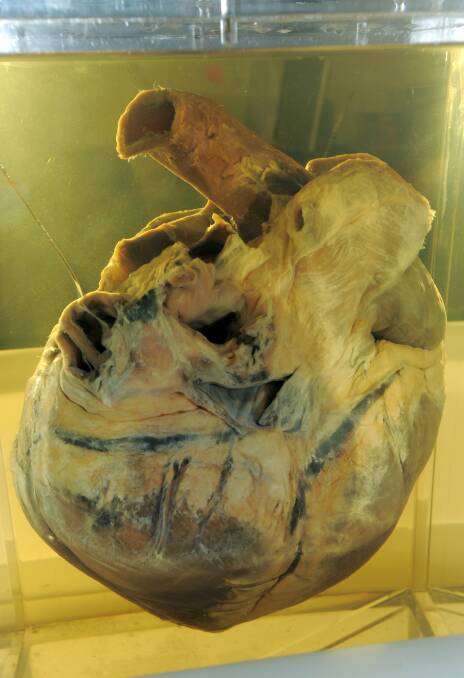
But the test proved inconclusive, and as it involves destroying the samples it uses, the museum management has opted to wait until a more accurate scientific test becomes available before testing the existing samples again.
"Science may not be quite ready yet - we're also concerned about the heart itself because it's so fragile," a spokeswoman said.
"We may have to wait until science catches up with our imaginations."
Meanwhile, another horse to recently enter the collection is made of brown paper and sticky tape, and it's a sight to behold.
Fashioned out of takeaway food bags by artist David Marriott as he whiled away two weeks of quarantine in a Brisbane hotel in 2021, the horse has come into the museum's collection is a distinct and quirky example of some of the lighter sides of the global pandemic.
Marriott's images of his horse - with himself dressed in a cowboy costume, also made of paper bags - went viral and made headlines around the world.
But now that it's in the museum's possession, the question remains as to which collection it should form part of.
Phar Lap's heart is in the National Historic Collection, reserved for items of the utmost significance, and which can be kept in perpetuity.
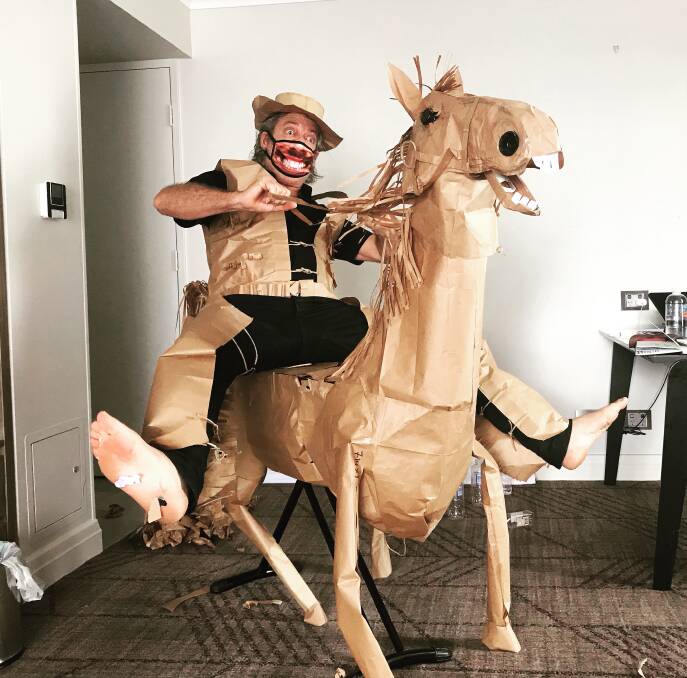
Marriott's horse, on the other hand, is on a lower rung, the Museum Collection, for items that are unlikely to last forever.
Made as it is out of paper and sticky tape, it's thought to be too fragile and ephemeral to be placed in the historic collection.
So where does that leave Phar Lap's mighty - but at risk of disintegrating - preserved heart? It's the kind of question that goes to the heart of collecting history.
So too is the question of whether the heart is real; even the existence of doubts only strengthens the mystique around the object.
People will never stop visiting the heart, 90 years after the horse's mysterious death. But it is still too soon - and too raw - to determine whether symbols of the ongoing pandemic will be anywhere near as beloved.

